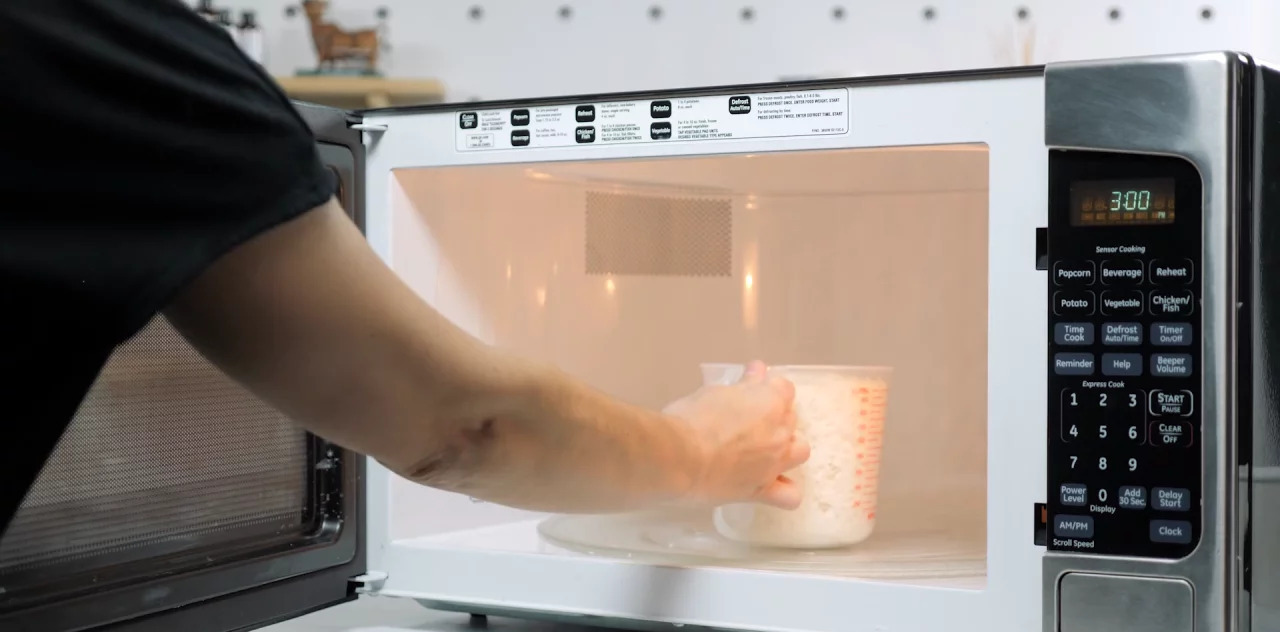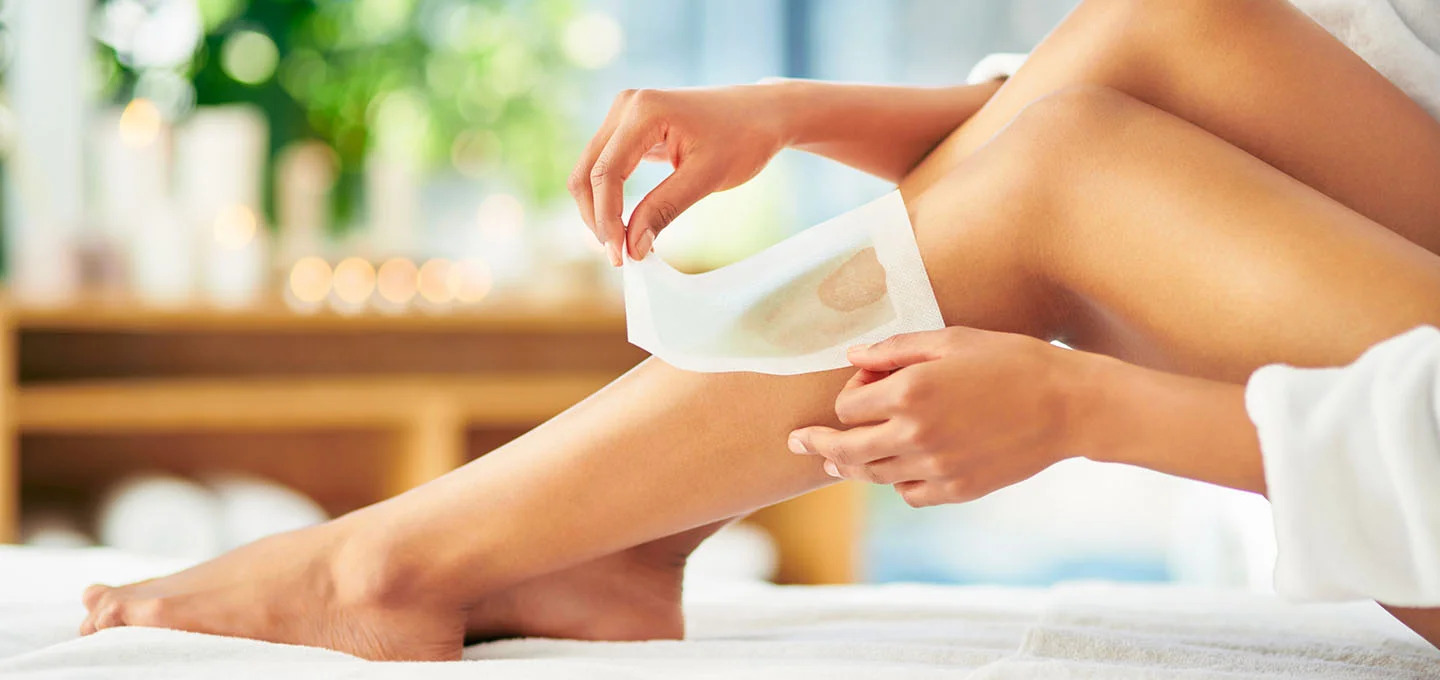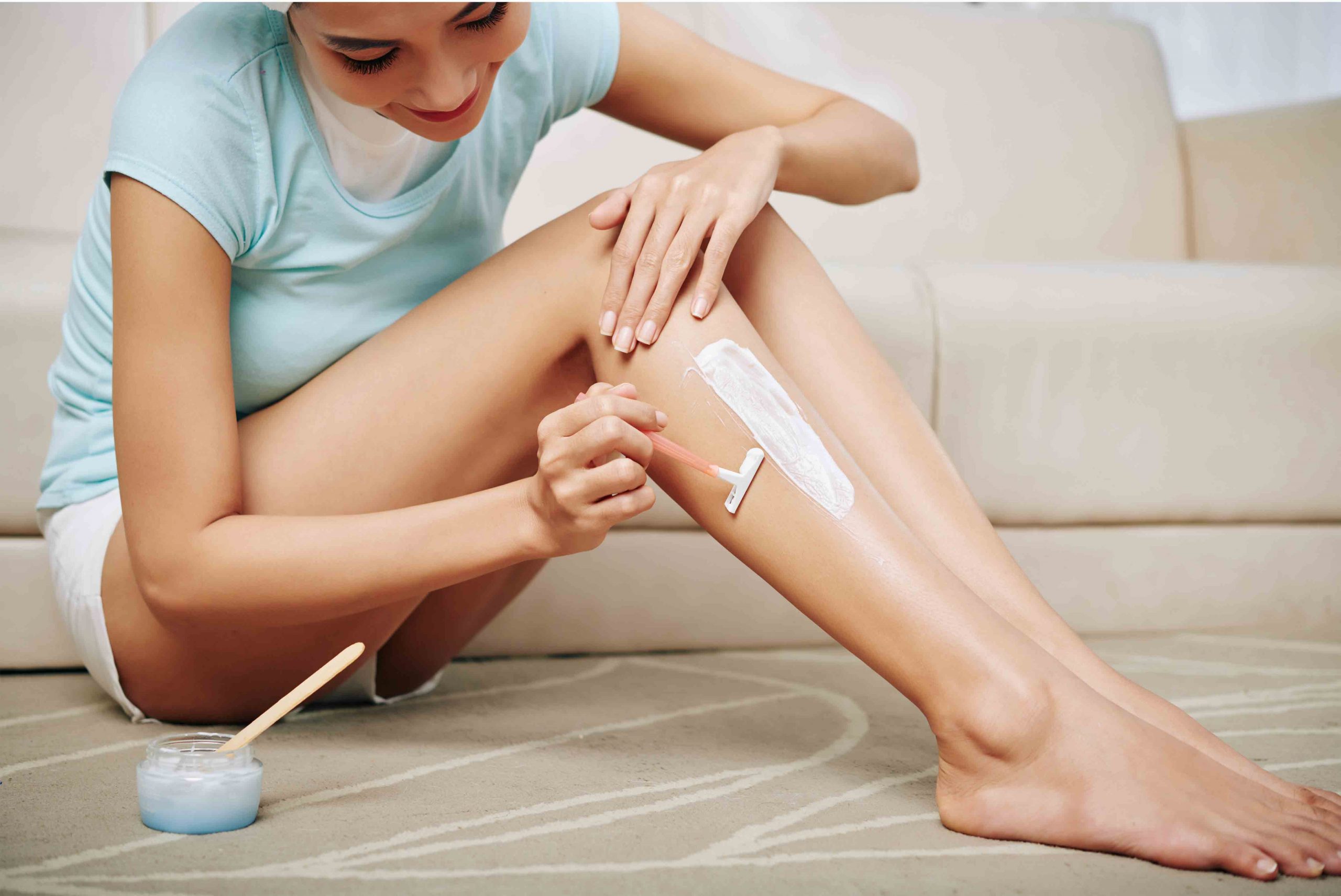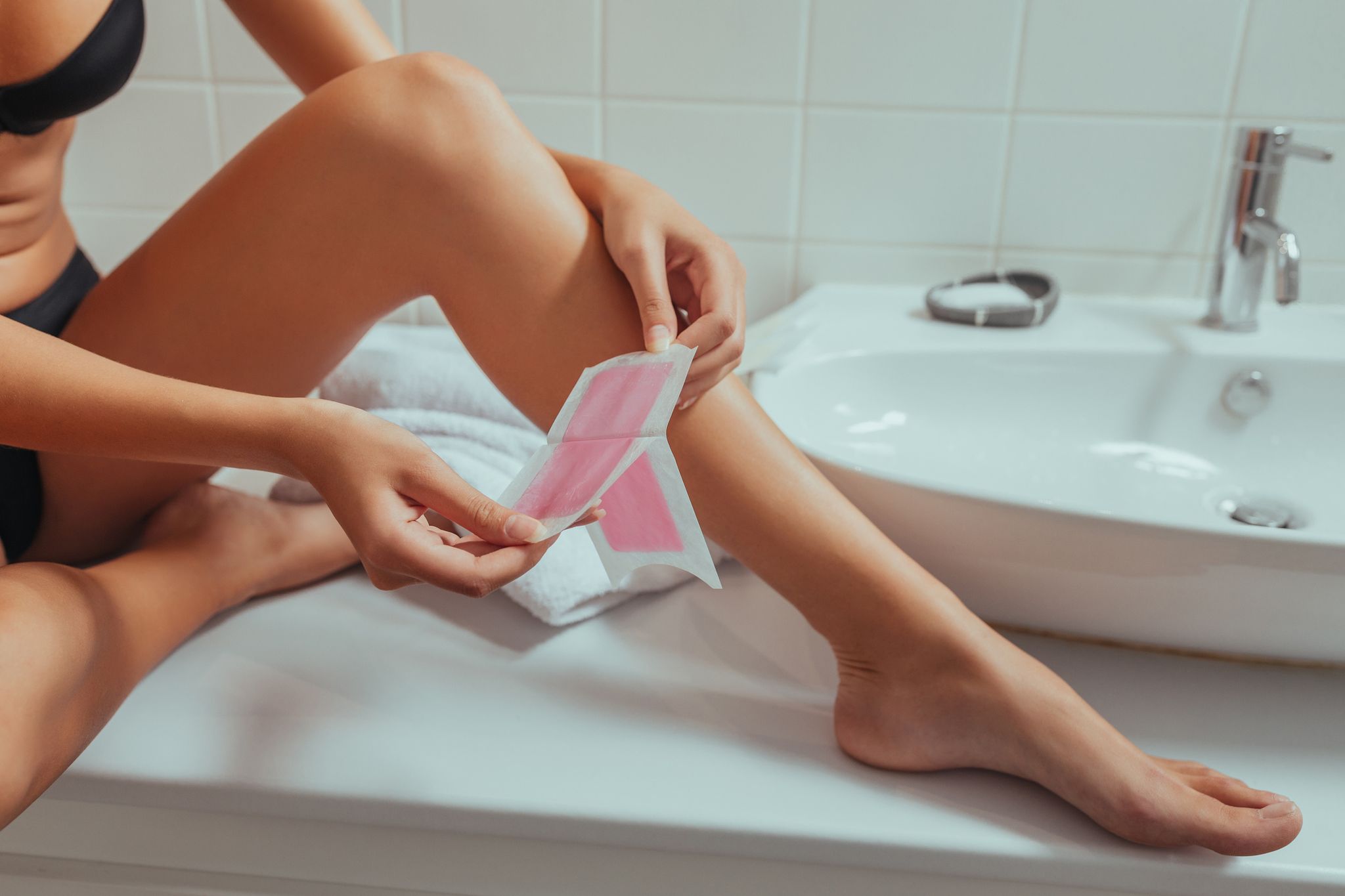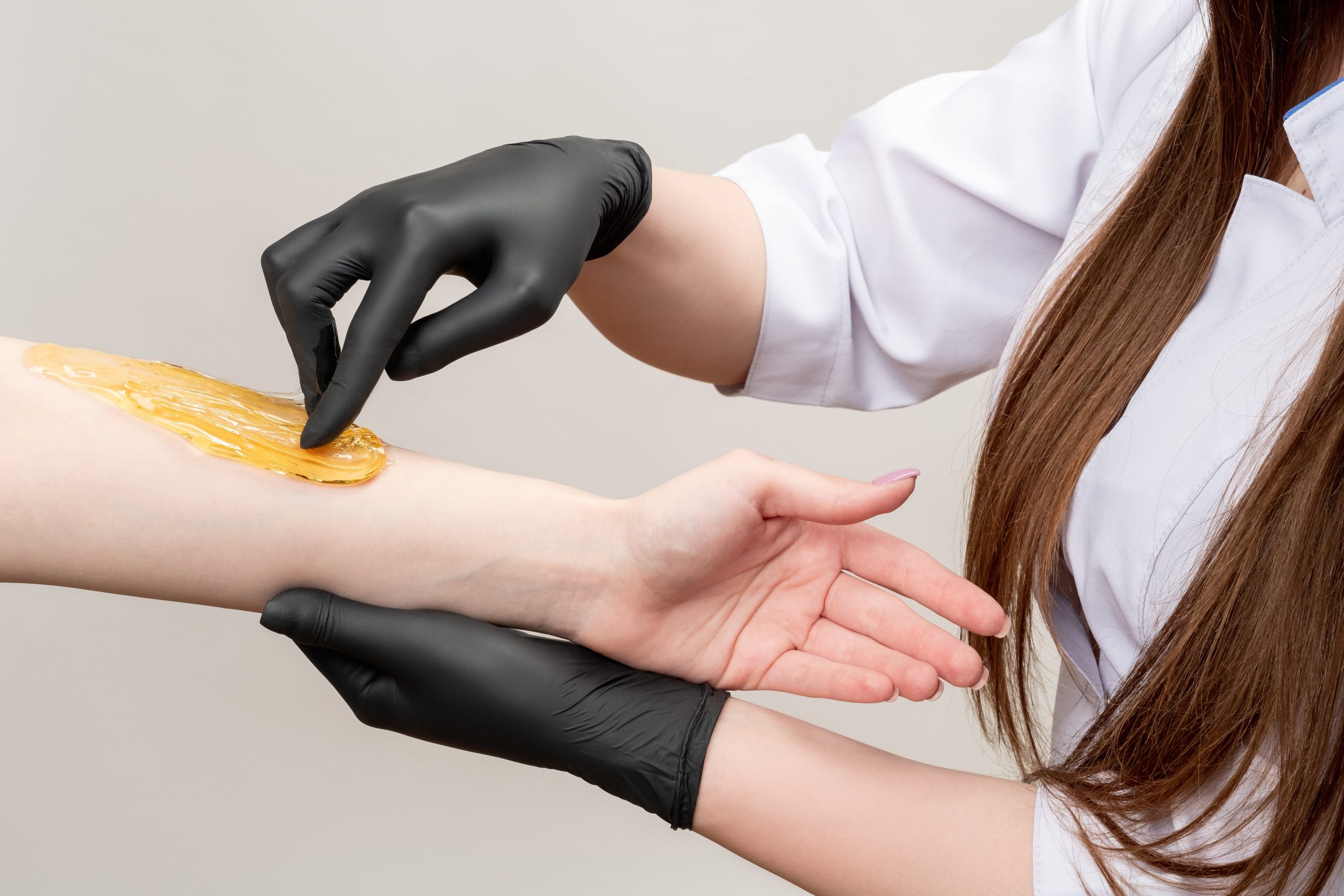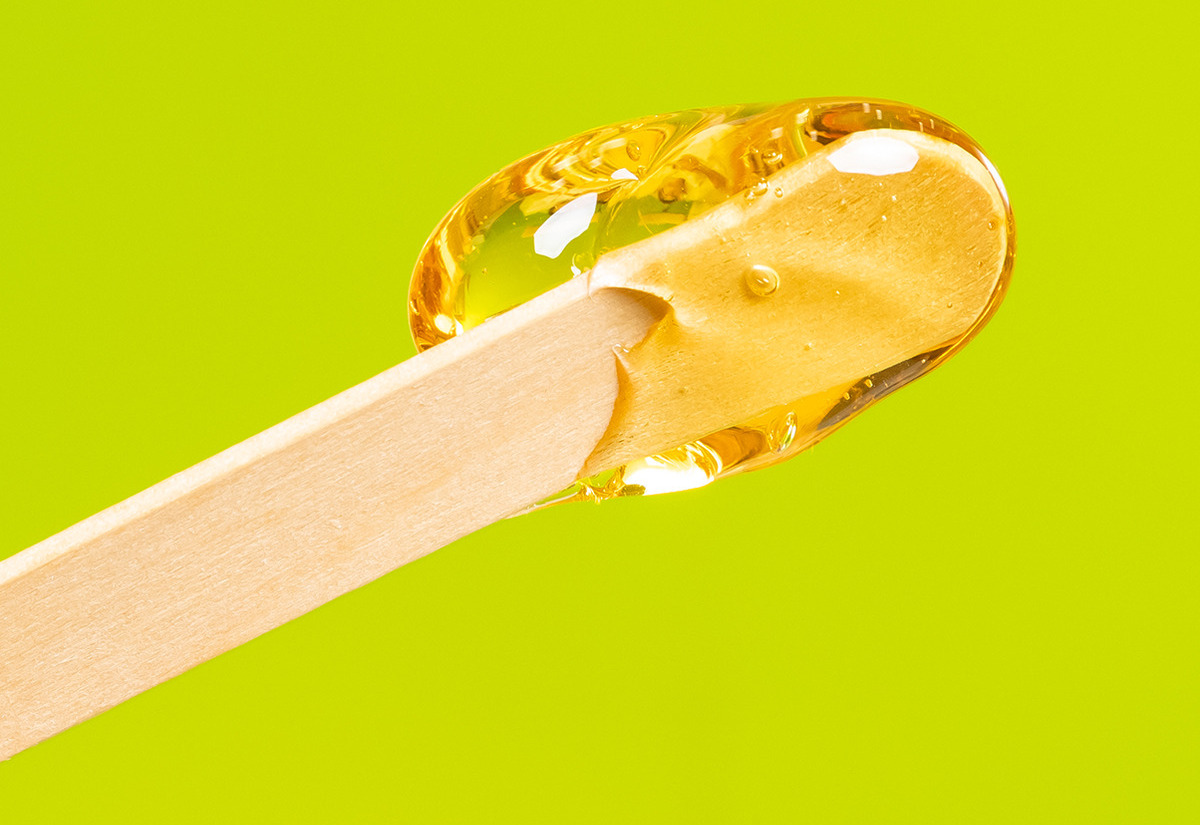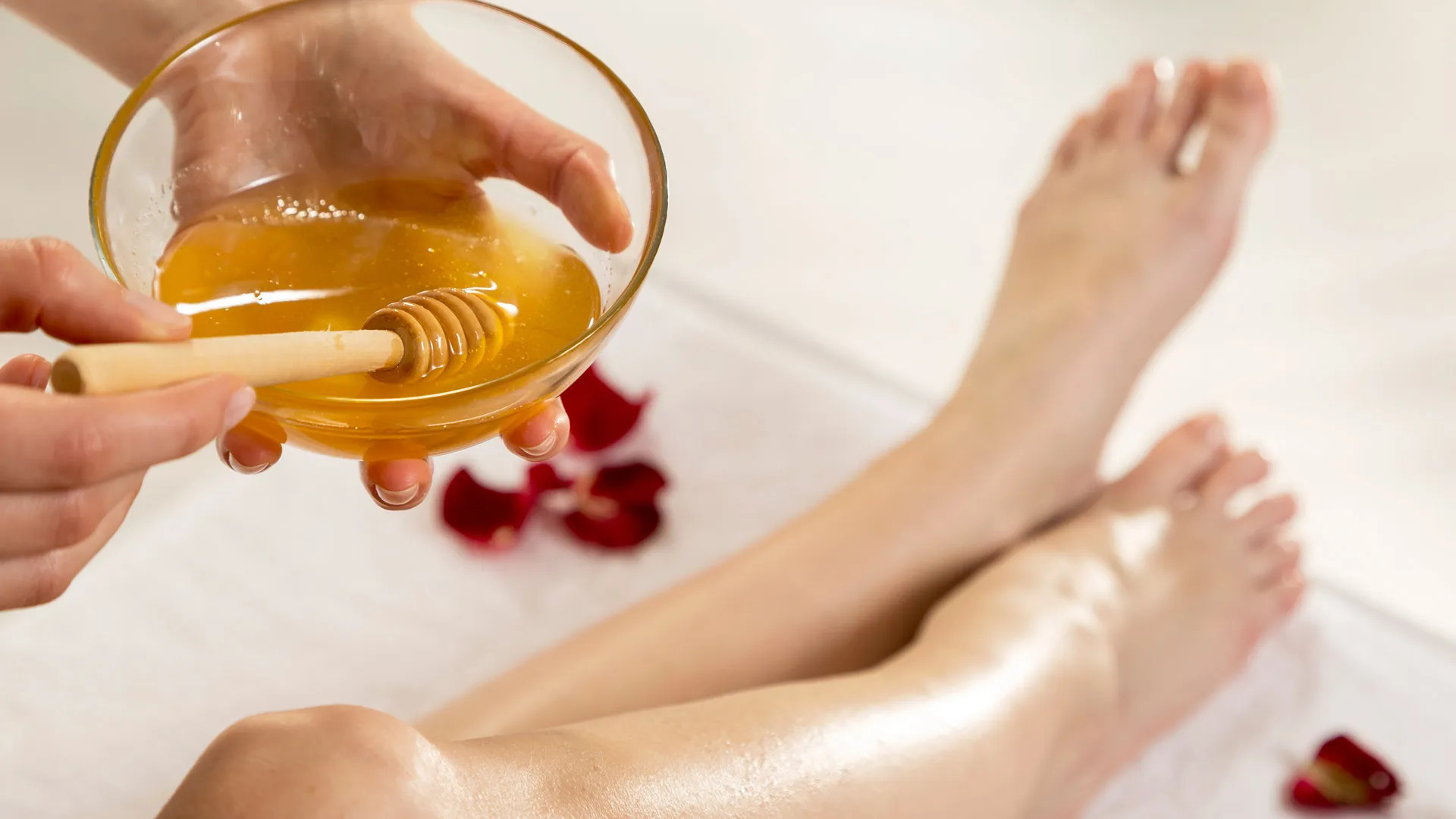

FAQs
What Temperature Should Wax Be For Hair Removal
Modified: August 5, 2023
Find out the optimal temperature for waxing hair removal. Get answers to common questions about the general temperature range for effective waxing.
(Many of the links in this article redirect to a specific reviewed product. Your purchase of these products through affiliate links helps to generate commission for Under-tec.com, at no extra cost. Learn more)
Table of Contents
- Introduction
- What Is Hair Waxing?
- The Importance of Temperature in Hair Waxing
- Factors to Consider When Determining Wax Temperature
- Recommended Wax Temperature for Different Body Areas
- Tips for Ensuring the Right Wax Temperature
- Safety Precautions When Working with Hot Wax
- Common Mistakes to Avoid When Heating Wax
- Conclusion
Introduction
Welcome to the world of hair removal! Whether you are a seasoned pro or a newbie, understanding the importance of temperature in waxing is crucial for a successful and comfortable experience. Waxing is a popular method to remove unwanted hair from various parts of the body, providing longer-lasting results compared to other forms of hair removal. However, achieving the right temperature for the wax is key to ensuring a smooth and effective process.
When it comes to hair waxing, temperature plays a significant role in the outcome. The right wax temperature can make the process more effective, less painful, and reduce the risk of skin irritation or burns. It is important to strike the perfect balance between not too hot and not too cold. But how do you determine the ideal wax temperature? What factors should be considered? And what are the recommended temperatures for different body areas? In this article, we will delve into these questions and provide you with practical tips to ensure the right wax temperature for hair removal.
What Is Hair Waxing?
Hair waxing is a popular method of hair removal that involves applying a layer of wax to the skin, allowing it to harden, and then pulling it off in the opposite direction of hair growth. This process removes hair from the root, resulting in smooth and hair-free skin for an extended period of time.
There are two types of hair wax commonly used: soft wax and hard wax. Soft wax is typically applied with a spatula or roller, and then a fabric strip is pressed onto the wax before quickly pulling it off. On the other hand, hard wax is applied directly to the skin and hardens as it cools. Once hardened, the wax is gently lifted off without the need for a fabric strip.
Waxing is a versatile method that can be used on various parts of the body, including the face, arms, legs, underarms, bikini area, and even the eyebrows. It offers several advantages over other hair removal methods, such as shaving or depilatory creams. Unlike shaving, which only removes hair from the surface, waxing removes hair from the root, resulting in slower regrowth and finer hair over time. Additionally, waxing provides longer-lasting results compared to creams, which dissolve hair at the skin’s surface.
While hair waxing may cause temporary discomfort or pain during the process, many individuals find that the results outweigh any temporary discomfort. The benefits of waxing include smoother skin, reduced regrowth, and less frequent maintenance compared to other hair removal methods. Waxing is also an ideal option for those with sensitive skin, as it minimizes the risk of irritations or ingrown hairs that may occur with shaving.
Now that we have a basic understanding of hair waxing, let’s explore the role of temperature in achieving the best results.
The Importance of Temperature in Hair Waxing
Temperature plays a crucial role in achieving optimal results when it comes to hair waxing. The temperature at which you heat the wax directly impacts its effectiveness, as well as the comfort of the waxing experience. Wax that is too hot can lead to burns or skin irritation, while wax that is too cold may not effectively remove the hair. It’s essential to find the right temperature balance for a successful hair removal session.
When wax is heated to the correct temperature, it allows the wax to adhere to the hair and grip it firmly. This ensures that the hair is removed from the root, resulting in smoother skin and longer-lasting results. The heat also opens up the hair follicles, making it easier for the hair to be pulled out. Additionally, the heat from the wax can provide a soothing effect on the skin, reducing discomfort during the process.
On the other hand, if the wax is too hot, it can cause burns or scald the skin. This can be not only painful but also lead to long-lasting skin damage. It can result in redness, swelling, and even blistering. Moreover, overheated wax may spread unevenly and become difficult to handle, making the hair removal process messy and ineffective.
Conversely, if the wax is too cold, it may not adhere properly to the hair, making it challenging to remove. Cold wax will have limited effectiveness in removing hair from the root, resulting in quicker regrowth. This can be frustrating as the purpose of waxing is to enjoy hair-free skin for an extended period.
By maintaining the correct wax temperature, you can ensure a successful and comfortable hair waxing experience. The right temperature allows for efficient hair removal, reduces the risk of skin damage, and ensures that the process is as painless as possible.
Factors to Consider When Determining Wax Temperature
Determining the right temperature for the wax is essential to ensure a safe and effective hair waxing experience. Several factors should be taken into consideration when determining the wax temperature:
- Skin Sensitivity: Different individuals have varying levels of skin sensitivity. It’s crucial to consider the sensitivity of the skin being waxed when determining the wax temperature. If the skin is particularly sensitive, it may be necessary to lower the wax temperature to minimize discomfort or irritation.
- Wax Type: The type of wax being used also influences the ideal temperature. Soft wax and hard wax have different temperature requirements. Soft wax is typically heated to a higher temperature for a more liquid consistency, while hard wax is heated to a lower temperature so it can be applied in a thicker layer.
- Room Temperature: The temperature of the room where the waxing is taking place can impact the wax temperature. If the room is cold, the wax may cool down quicker, requiring a slightly higher heating temperature. Conversely, if the room is hot, the wax may stay at a higher temperature for longer.
- Experience Level: The experience level of the waxing professional is key in determining the wax temperature. A seasoned professional may have a better understanding of how different temperatures affect the waxing process and can adjust accordingly based on the specific client’s needs.
- Body Area: The temperature requirement can also vary depending on the body area being waxed. Some areas, such as the face or bikini area, may require a lower temperature due to their sensitivity, while larger areas like the legs or back may require a slightly higher temperature to ensure efficient hair removal.
Taking these factors into account will help determine the appropriate wax temperature for a successful and comfortable hair waxing experience. It’s crucial to consider the unique needs of each client and adjust the temperature accordingly to achieve the best results.
Recommended Wax Temperature for Different Body Areas
When it comes to waxing different body areas, it’s important to consider the specific temperature requirements to ensure optimal results and minimize discomfort. Here are the recommended wax temperatures for various body areas:
- Face: The face is a sensitive area, so it’s recommended to use a lower wax temperature between 125°F to 135°F (51°C to 57°C). This temperature range ensures that the wax is warm enough to adhere to the hair but not too hot to cause burns or irritate the delicate facial skin.
- Underarms: For the underarm area, a slightly higher wax temperature of 135°F to 145°F (57°C to 63°C) is recommended. This temperature range allows for effective hair removal in the armpit area where the hair can be thicker and more resistant.
- Arms and Legs: When waxing the arms and legs, a temperature range of 140°F to 150°F (60°C to 66°C) is commonly used. This slightly higher temperature helps to ensure that the wax effectively grips the hair and provides a smoother waxing experience.
- Bikini Area: The bikini area is another sensitive area that requires special attention. It’s best to use a lower wax temperature ranging from 125°F to 135°F (51°C to 57°C) for this delicate region. This lower temperature helps to prevent burns and minimize discomfort during the hair removal process.
- Chest and Back: For larger areas such as the chest and back, a higher wax temperature of 150°F to 160°F (66°C to 71°C) may be needed. The higher temperature ensures that the wax spreads evenly and adheres properly, allowing for efficient removal of hair in these larger body areas.
These temperature ranges are general recommendations, and it’s important to always consider the specific needs and sensitivity of each individual. It’s advisable to conduct a patch test on a small area of skin to ensure that the wax temperature is comfortable and suitable before proceeding with a full waxing session.
Remember, it’s always better to start with a lower temperature and gradually increase if necessary, rather than risking burns or skin damage by using wax that is too hot. Monitoring the temperature throughout the waxing process and making adjustments when needed will help ensure a safe and effective hair removal experience.
Tips for Ensuring the Right Wax Temperature
Achieving the right wax temperature is crucial for a successful and comfortable hair waxing experience. Here are some tips to help you ensure the right wax temperature:
- Use a quality wax warmer: Invest in a reliable and adjustable wax warmer to ensure accurate temperature control. A good quality wax warmer will heat the wax evenly and maintain a consistent temperature throughout the session.
- Read the instructions: Always read the instructions provided by the wax manufacturer. They typically include recommended temperature ranges for their specific products.
- Test the wax temperature: Before applying the wax to a large area, it’s crucial to test the temperature on a small patch of skin. Apply a small amount of wax to a sensitive area, such as the inner wrist or behind the ear, and wait a few seconds to ensure it’s comfortable and not too hot.
- Adjust the temperature according to the body area: As mentioned earlier, different body areas have different temperature requirements. Follow the recommended temperature ranges for each body area to ensure effective hair removal without causing discomfort or burns.
- Monitor and adjust the temperature: Throughout the waxing session, regularly check the temperature of the wax to ensure it remains within the recommended range. Adjust the temperature accordingly if needed, but be cautious not to overheat the wax.
- Consider room temperature: Take the room temperature into consideration when determining the wax temperature. A colder room may require a slightly higher wax temperature, while a hotter room may necessitate a lower temperature to prevent the wax from becoming too runny.
- Listen to your client: Pay attention to your client’s feedback during the waxing session. If they express discomfort or if the wax feels too hot, make the necessary adjustments to maintain a comfortable temperature for them.
By following these tips, you can ensure that the wax temperature is appropriate for effective and comfortable hair removal. Remember, it’s better to err on the side of caution and start with a lower temperature, as you can always increase it gradually if necessary. Prioritizing the comfort and safety of your clients will result in a more positive and successful waxing experience.
Safety Precautions When Working with Hot Wax
Working with hot wax requires careful attention to safety to prevent accidents and ensure the well-being of both the waxing professional and the client. Here are some essential safety precautions to follow when working with hot wax:
- Protective Equipment: Wear appropriate protective equipment, such as disposable gloves, to protect your hands from burns and maintain a hygienic environment.
- Test the Temperature: Before applying the wax to the client’s skin, always test the temperature on a small area to ensure it’s comfortable and safe. Use a thermometer or your wrist to gauge the heat. If it feels too hot, allow it to cool down before proceeding.
- Keep Temperature Settings in Check: Make sure that your wax warmer is set to the correct temperature and that the temperature is consistent throughout the session. Avoid overheating the wax, as it can cause burns or scalding.
- Check the Wax’s Consistency: Ensure that the wax has reached the desired consistency before application. It should be spreadable but not too runny. If the wax is too liquid, allow it to cool slightly before use.
- Use Caution When Handling Hot Wax: Always handle hot wax with caution. Avoid any sudden movements or spills that can result in burns. Take your time and work carefully to reduce the risk of accidents.
- Proper Application Technique: Apply the wax in thin, even layers to minimize the risk of overheating the skin or causing burns. Follow proper application techniques to ensure the wax adheres well to the hair and is easy to remove.
- Listen to the Client: Pay attention to your client’s feedback and comfort level during the waxing process. If they express discomfort or the wax feels too hot, take immediate action to resolve the issue, such as reducing the temperature or applying a cooling gel.
- Post-Wax Care: After the waxing session, provide aftercare instructions to your client to minimize any potential skin irritation or sensitivity. These may include avoiding sun exposure, applying soothing creams, and avoiding the use of harsh chemicals.
- Stay Educated: Keep up-to-date with industry best practices and safety protocols for working with hot wax. Attend workshops, training sessions, or online courses to refresh your knowledge and improve your skills.
By following these safety precautions, you can create a safe and comfortable waxing environment for both yourself and your clients. Prioritizing safety not only prevents accidents but also enhances the overall experience and builds trust with your clients.
Common Mistakes to Avoid When Heating Wax
Heating wax is a critical step in the hair waxing process, and it’s important to avoid common mistakes that can hinder the effectiveness of the wax or cause harm. Here are some common mistakes to avoid when heating wax:
- Overheating the Wax: One of the most common mistakes is overheating the wax. It’s essential to follow the wax manufacturer’s instructions and heat the wax to the recommended temperature range. Overheating the wax can lead to burns, skin irritation, and messy application.
- Not Using a Wax Thermometer: Without a wax thermometer, it becomes difficult to accurately measure the temperature of the wax. Relying on guesswork or visual cues alone can lead to inconsistent and incorrect wax temperatures.
- Using a Microwave to Heat the Wax: Microwaving wax can lead to uneven heating, resulting in hot spots that can cause burns. Furthermore, microwaving certain wax types can be dangerous. It is best to use a wax warmer specifically designed for heating wax safely and evenly.
- Heating Wax for Too Long: Leaving wax on the heat source for an extended period can cause it to become too hot. This can lead to discomfort, burns, and reduced effectiveness of hair removal. It’s important to monitor the wax temperature and remove it from the heat source once it reaches the desired consistency.
- Failing to Test the Temperature: Neglecting to test the wax temperature before applying it to the skin is a common mistake. Testing the wax on a small area of sensitive skin, such as the inner wrist, can help identify if it’s too hot or too cold before proceeding with the waxing session.
- Using Melted Wax that Has Hardened: If the wax has been heated and then left to cool for an extended period, it may harden and become too difficult to work with. Avoid using hardened wax, as it won’t adhere well to the hair and may result in a messy and ineffective hair removal process.
- Not Stirring the Wax: Neglecting to stir the wax during the heating process can result in uneven heating. Stirring the wax occasionally helps distribute the heat evenly, ensuring a consistent wax temperature throughout the waxing session.
- Ignoring Room Temperature: Not considering the room temperature can impact the wax temperature. A colder room may cause the wax to cool down more quickly, while a hotter room can cause the wax to remain at a higher temperature for longer. Take the room temperature into account when heating the wax.
- Forgetting to Adjust the Temperature for Different Body Areas: Different body areas have different temperature requirements. It’s crucial to adjust the wax temperature based on the sensitivity and thickness of the hair in each specific area. Failing to do so can result in ineffective hair removal or discomfort for the client.
By avoiding these common mistakes, you can ensure that the wax is heated properly, providing a safe, effective, and comfortable hair waxing experience. Taking the time to heat the wax correctly will lead to better results and a more satisfied clientele.
Conclusion
Achieving the right wax temperature is essential for a successful and comfortable hair waxing experience. The temperature of the wax directly affects its effectiveness, the comfort of the process, and the overall outcome. It is crucial to find the right balance between not too hot and not too cold.
Throughout this article, we have explored the importance of temperature in hair waxing and the factors to consider when determining the wax temperature. We have also provided recommended wax temperatures for different body areas and shared tips for ensuring the right wax temperature. Additionally, we have highlighted safety precautions to follow when working with hot wax and common mistakes to avoid when heating the wax.
By paying attention to the recommended wax temperatures, testing the temperature before application, and adjusting the temperature based on the body area being waxed, you can ensure an effective and comfortable hair removal experience. It is crucial to prioritize the safety of both the waxing professional and the client, always monitoring the temperature and making necessary adjustments.
Remember, achieving the right wax temperature is just one element of a successful hair waxing experience. Proper technique, hygiene, and aftercare are also important factors to consider. Continually educating yourself on best practices and staying up-to-date with industry standards will help you provide a top-notch waxing service to your clients.
With the knowledge and insights gained from this article, you are well-equipped to approach hair waxing with the understanding and skills necessary to achieve exceptional results. So go ahead and tackle those unwanted hairs with confidence, knowing that the right wax temperature is within your control.
